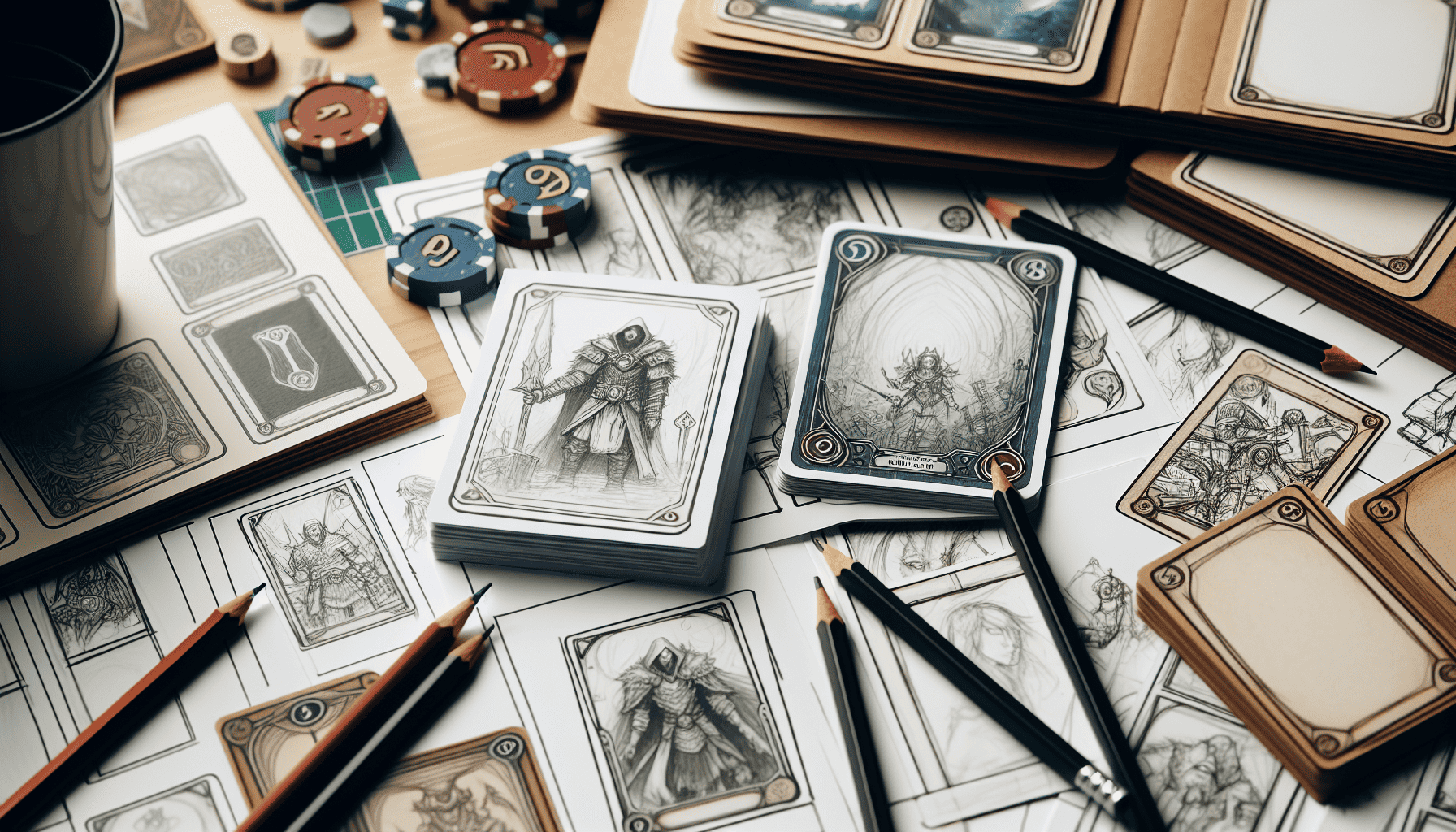Designing a card game is a journey of creativity, strategy, and artistry. It is a process where themes, mechanics, and artwork are intricately woven together to create an engaging and memorable experience for players. At its core, card game design is about combining these elements in a way that not only captivates the players' attention but also challenges their intellect and imagination.
Themes as the Heartbeat of the Game
The theme of a card game serves as its narrative backbone, providing context and setting the stage for the players' experiences. It is the lens through which players perceive the game world and the challenges they face. Themes can be inspired by a myriad of sources—mythology, history, science fiction, or everyday situations—and should resonate with the intended audience. An effective theme enriches the gameplay by immersing players in a unique world, sparking their curiosity, and evoking emotions, whether they are exploring an enchanted forest, building an intergalactic empire, or running a quaint café.
To ensure the theme remains compelling throughout the game, designers must consider how it integrates with the mechanics and artwork. For instance, every card's illustration, name, and function should reinforce the theme and contribute to the overall storytelling. This cohesion not only enhances the game’s aesthetic appeal but also deepens the player's engagement and emotional investment.
Mechanics: The Engine of Engagement
Mechanics are the rules and systems that dictate how the game operates and how players interact with it. Crafting the mechanics involves balancing complexity, strategy, and luck to provide an engaging and equitable experience. Designers often begin by identifying the core mechanics—such as deck-building, drafting, or trick-taking—that best complement the chosen theme.
Great mechanics achieve a fine balance between simplicity and depth, ensuring the game is accessible to newcomers while offering seasoned players ample room for strategic exploration. Playtesting is crucial during this phase, as it reveals how players interpret the rules, uncover potential imbalances, and highlight which aspects of the game are particularly fun or frustrating.
Innovative mechanics can rejuvenate traditional card game concepts and elevate the game's appeal. For example, the inclusion of asymmetrical roles—where players have different powers or objectives—can introduce fresh dynamics and increase replayability. Equally important is ensuring that the mechanics facilitate player interaction, whether through cooperation, competition, or negotiation, as this interaction often forms the foundation of memorable gameplay experiences.
Artwork: The Visual Narrative
Artwork is an essential component that brings the game's theme to life and influences the player's emotional journey. It serves as the initial touchpoint that draws players in and keeps them immersed in the game's world. Striking a balance between form and function, the artwork should not only be visually appealing but also contribute to the clarity and flow of gameplay.
Collaborating with talented artists who can capture and enhance the game's theme is vital. The artwork includes not just the illustrations on the cards, but also the design of the card layouts, icons, and any additional visual elements such as game boards or tokens. Consistency in style and color palette helps in creating a cohesive look, which aids in player immersion and makes learning the game mechanics easier.
Designers should ensure that the artwork supports the mechanics by clearly conveying necessary information, such as a card's abilities or costs. This requires thoughtful design of symbols and iconography to maintain a balance between artistic flair and functional clarity.
Bringing It All Together
The art of card game design is an intricate dance balancing theme, mechanics, and artwork. Successful designers are those who can bring these elements into harmony, crafting an experience that is as compelling to the eyes as it is to the mind. By constantly iterating on their designs and seeking feedback from diverse audiences, designers can refine their creations, ensuring the game is both innovative and intuitive.
Through this complex interplay, card games can transcend simple entertainment, becoming a medium through which stories are told, communities are formed, and creativity is unleashed. The true art of card game design lies not just in the final product, but in the journey itself—a process filled with creativity, challenge, and ultimately, the joy of sharing a unique experience with others.
